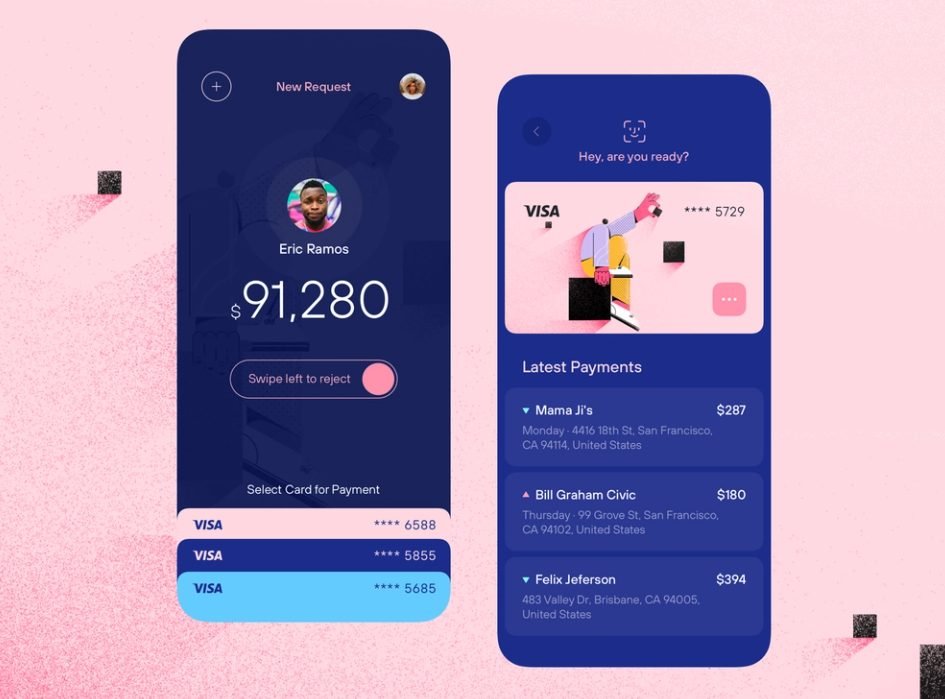All projects have their requirements, timing, or budget. Tools and management methods also differ. And the project management techniques are usually chosen accordingly.

Again, today, there is no universal system or tool for project management suitable for a leader or all team members. However, there is already an idea of the most effective techniques and tools. Here’s some.
What is Project Management?
Project management is the process where every effort to implement the customer’s idea is implemented. And to achieve this within a predetermined time frame, use all available resources and specific tools & techniques.
It will help expand the vision of the project to consider the work from different points of view:
- implementation of tasks set by the customer;
- achievement of the company’s financial goals;
- the motivation of team members to achieve career goals, prevent conflicts in the team and so much more.
Professional PMs apply project management tools and techniques for good to back up the work and achieve success faster.

1) Work Breakdown Structure
The WBS work breakdown structure, or breakdown structure, is a diagram where project tasks reflect their relationship to each other and the project as a whole. The term was first used in the United States in 1993.
WBS is graphical by nature and helps project managers predict outcomes based on various scenarios based on data visualization. The process is often described as a branch structure that spans all project stages in an organized manner. WBS can also be presented as a tabular list of tasks and items in a work breakdown plan of Gantt charts.
Managers use a breakdown framework to structure and divide projects into easily manageable components. These, in turn, are split until they are assigned to a specific specialist from the team.
2) Critical Path Method (CPM)
One of the more popular alternatives may become the critical path method (CPM).
With the Critical Path Method, you categorize all the activities that need to be performed to achieve a project goal within the Work breakdown structure. After that, you define the duration of all tasks and the dependencies between them.
This way, you will understand which tasks can be performed at the same time and which ones before other tasks begin.
3) Gantt chart
Before the advent of project management, people used a sheet of paper. Such written to-do lists are still popular today and there is nothing wrong with that. Psychologists say that crossing out completed tasks brings self-satisfaction and positively affects a person’s condition.
It seems that Henry Gantt did not like the classical method so much that in 1910 he first spoke about planning projects and tasks using horizontal bar charts.
Gantt chart – bars located between two axes: a list of tasks vertically and time horizontally. This is a convenient way to render a project.
On the Gantt chart, you can see the number of tasks, the sequence of their execution, and the result. Today, all complex processes are performed automatically, therefore, to use this method for project management, any person just needs to choose a service for building a diagram and set the initial data.
4) Scrum
Scrum is a project management method that breaks it down into parts Sprints. The whole Scrum process may revolve around 5 meetings:
- Meeting
During an initial meeting, a discussion of the project, possible risks, and the final results are to be discussed and set.
- Sprint planning
Sprint Planning is rather determining how to achieve your goal.
- Daily meetings
There each team may spend up to 15 minutes discussing what has already been done and what is planned for the next working day.
- Sprint Summary
This is also a presentation of results from specific work phases. The main goal is to determine whether the work done meets the clients’ expectations, whether it is satisfactory, etc.
- Sprint Discussion
Here is the team discussion of the project implementation track process, calculation of problematic points, and more. The goal of the stage is to find and talk about mistakes made to improve the timeline and the team’s work in the future.
5) Lean
This is an even more structured approach to project implementation than Agile and Scrum. It provides the breakdown of projects and mini-projects into tasks and subtasks, specifying the process as much as possible.
Lean applies a workflow to ensure that each part is performed equally well. Unlike classiс project management, Lean allows you to perform several tasks in parallel and be sure that everything is being implemented as it should.
6) The RUP
The RUP or Rational Unified Process describes how to effectively apply commercially sound and proven approaches to software development for development teams, where each member benefits from best practices in their task completion. That may be:
- iterative software development,
- requirements management,
- using component architecture,
- visual modeling,
- software quality testing,
- control over changes in software, etc.
RUP organizes work on a project in terms of workflows, products of activities, performers, their influence, and other static aspects of the process on the one hand, and in terms of cycles, phases, iterations, and timestamps for the completion of certain stages in the creation of software (milestones), i.e. in terms of the dynamic aspects of the process, on the other. If you try to represent the process in a graphical form and start-up time along the horizontal axis, you can postpone cycles, phases, iterations, and milestones.

Conclusion
The project management methods described above have emerged in software development and product design. While they can be used for non-development projects, many alternatives are better suited for other types of projects.
Anyway, to successfully achieve goals, you need a plan, methods, and the team, and the chosen project management methodology (e.g., Kanban or Scrum), and modern tools that allow you to record, track & analyze the results and effectiveness of employees and change your strategy on time.
Also, feel free to pick the best web design project management techniques among the universal programs suitable for companies of any size or personal use. To calculate the actual costs for each task and project, maintain full reporting on employees, projects, tasks, period, and productivity, hire us if you’re about to start your project and need expert project management.





















